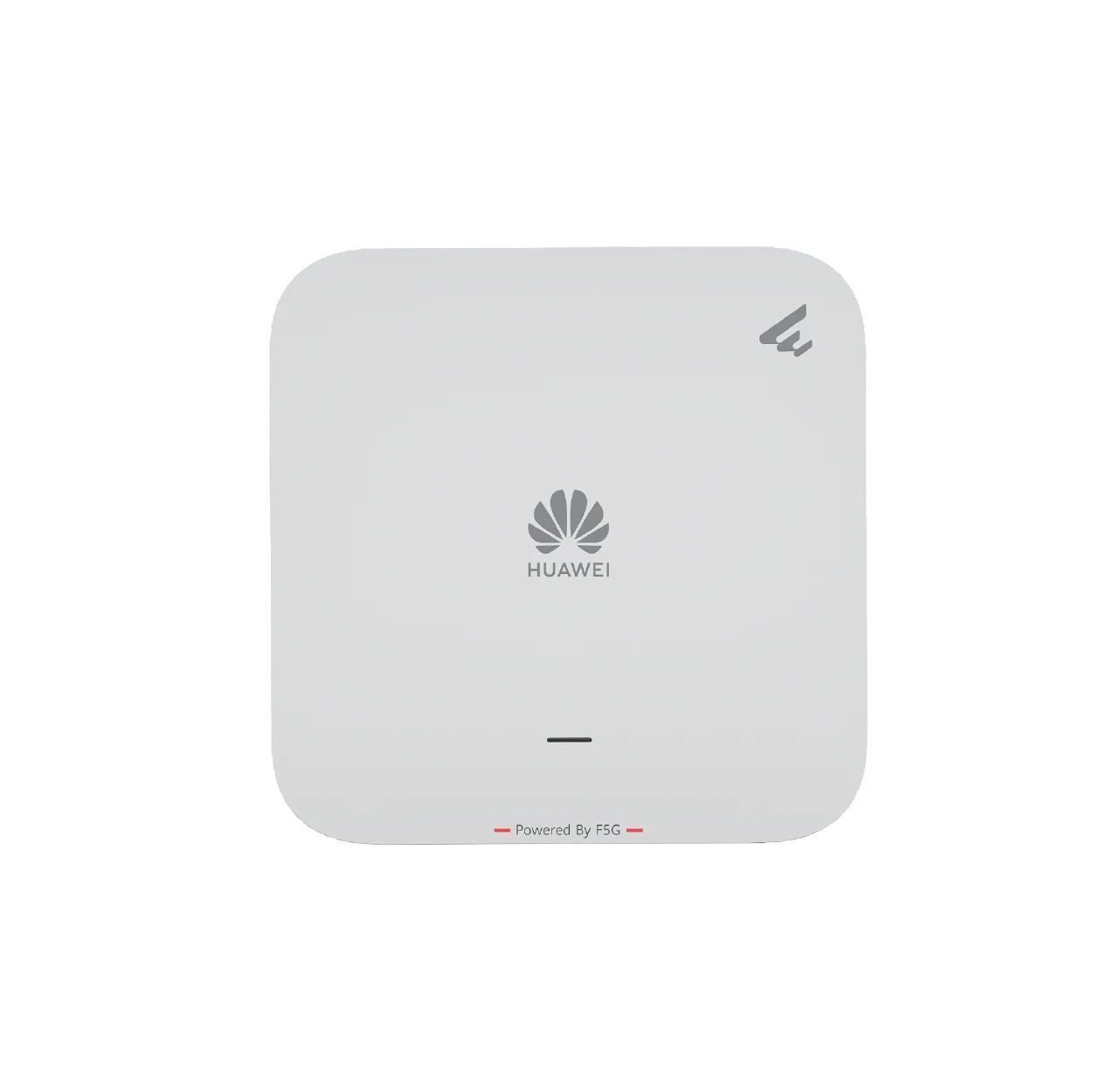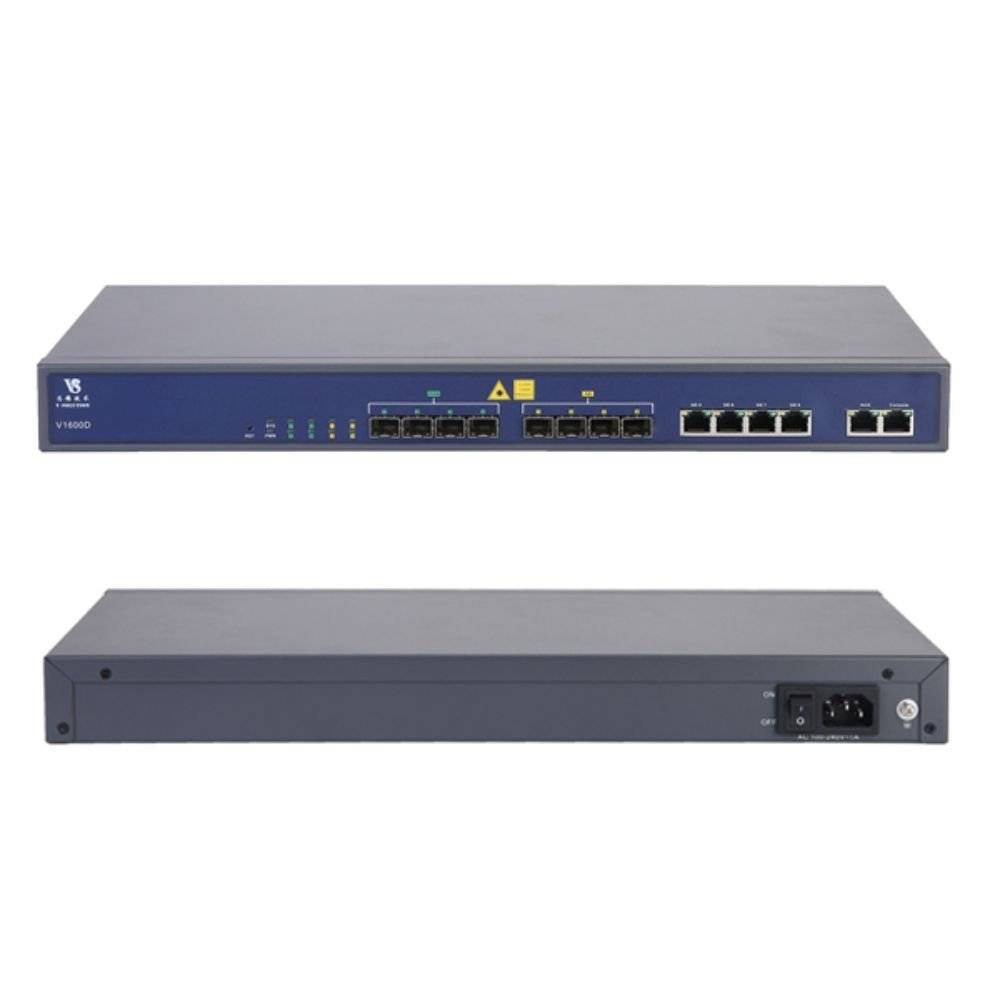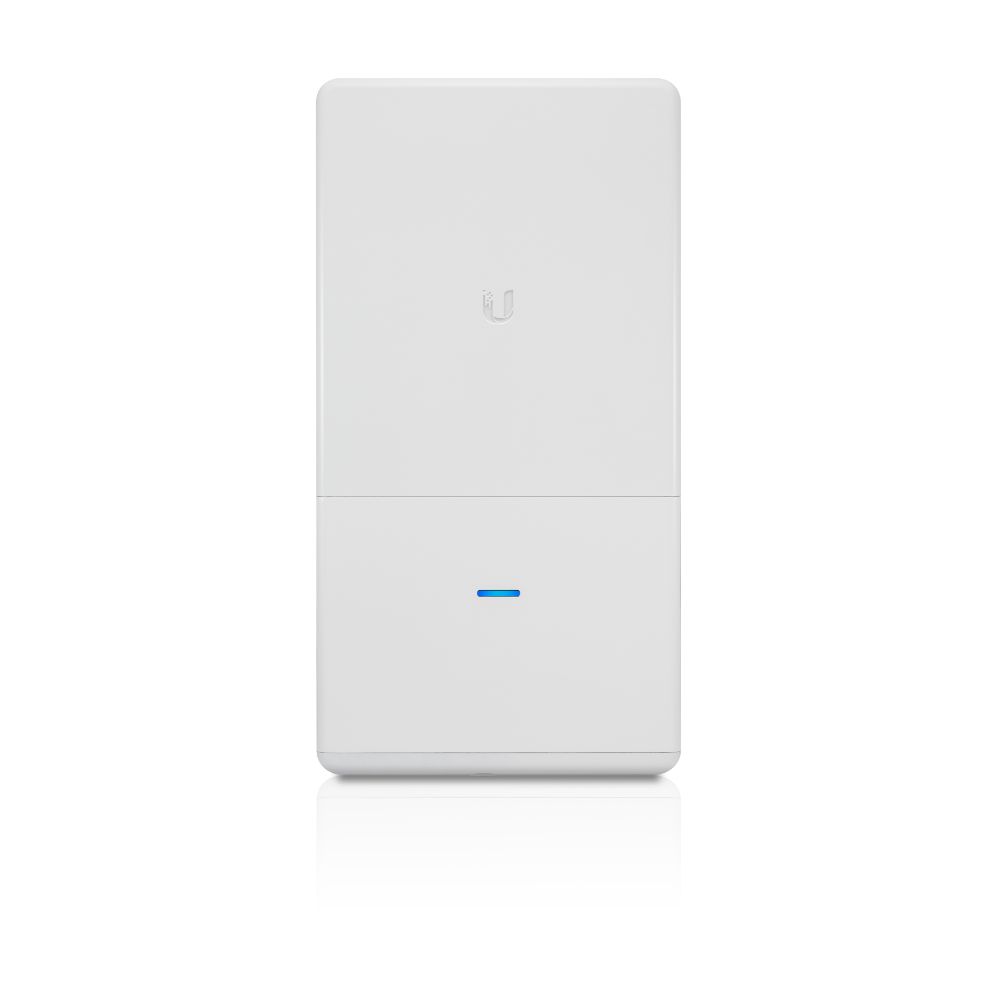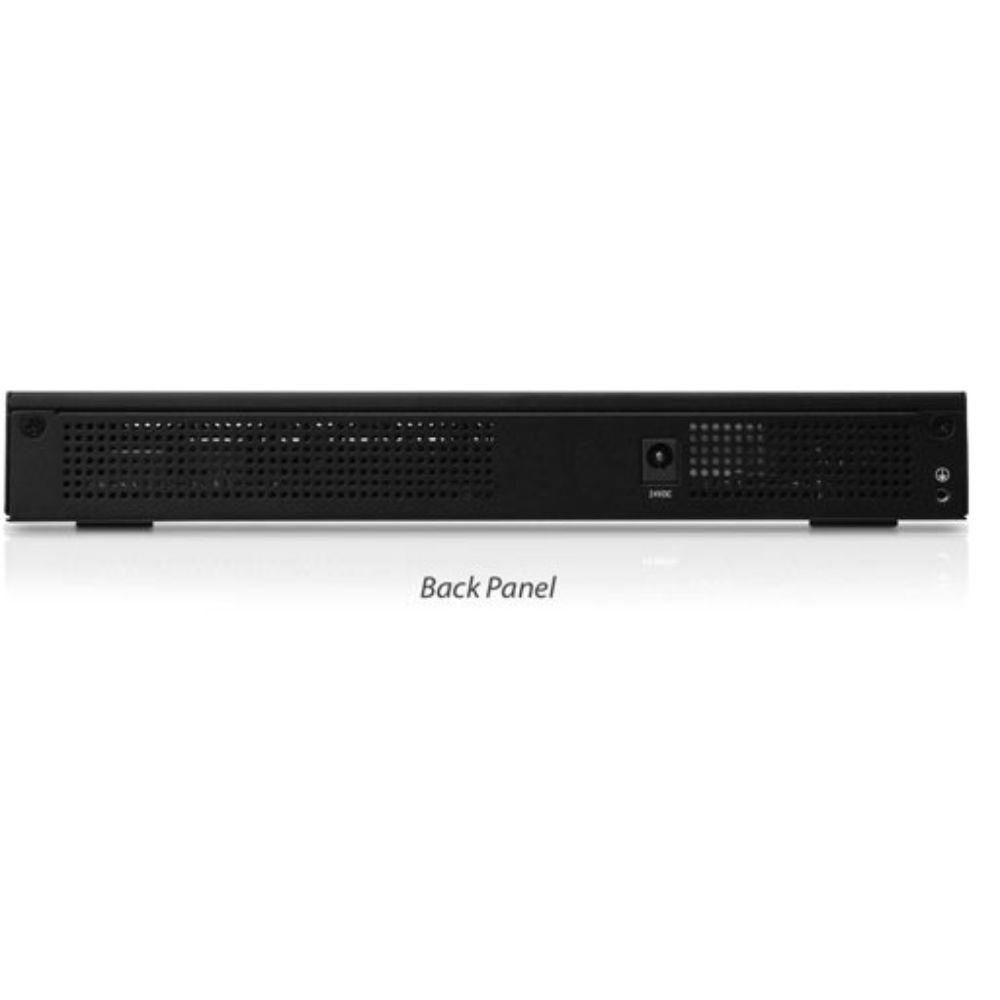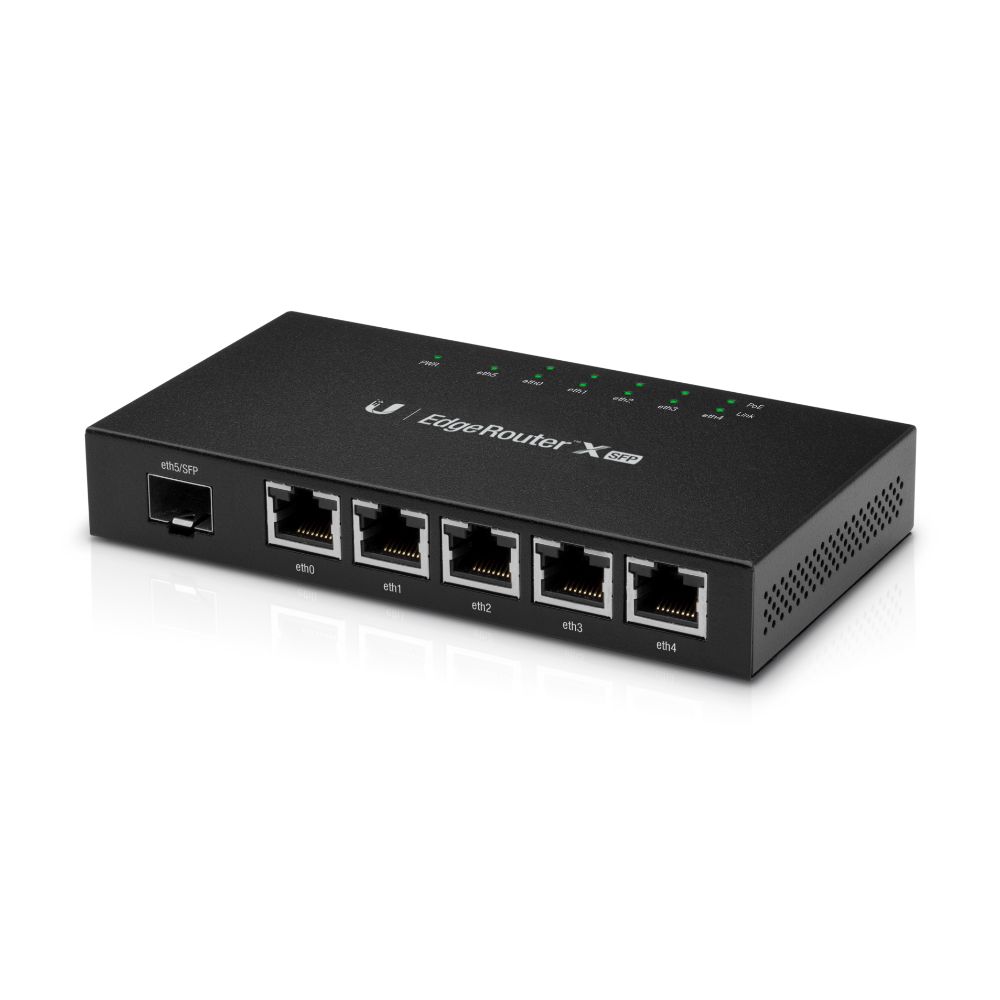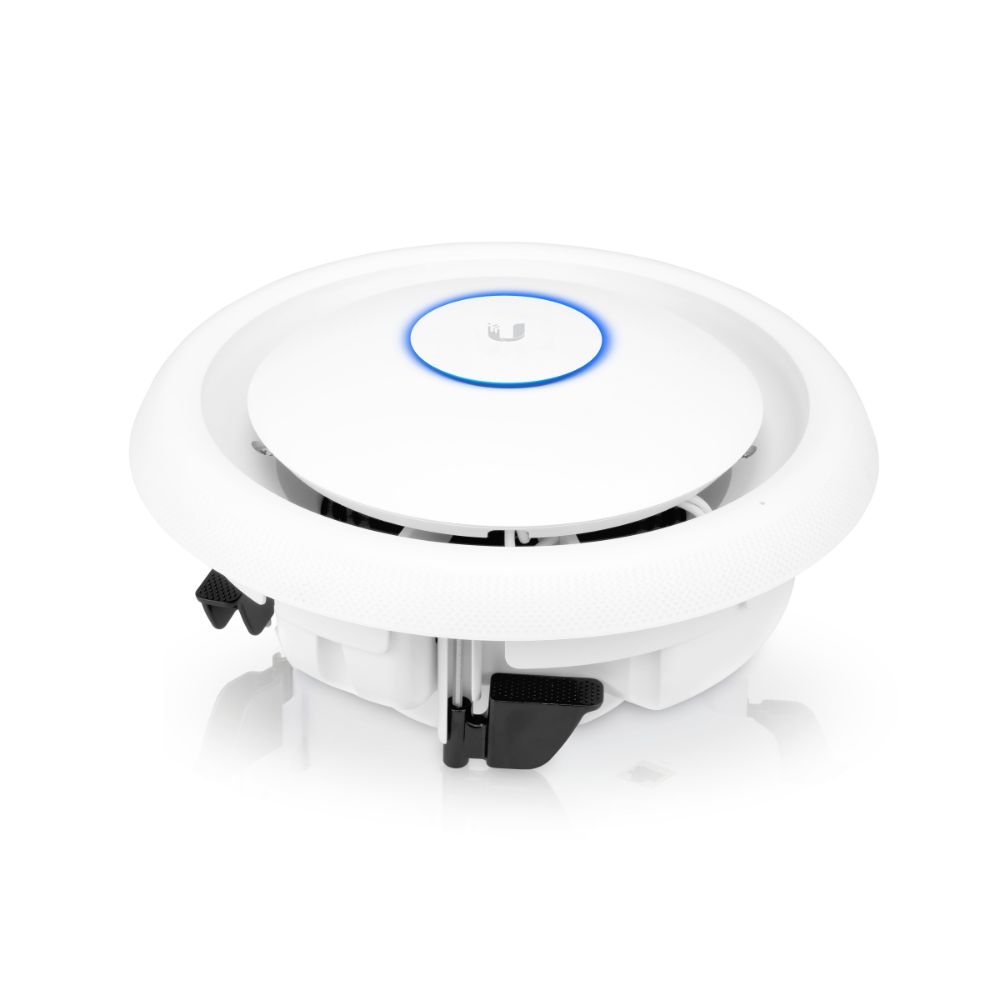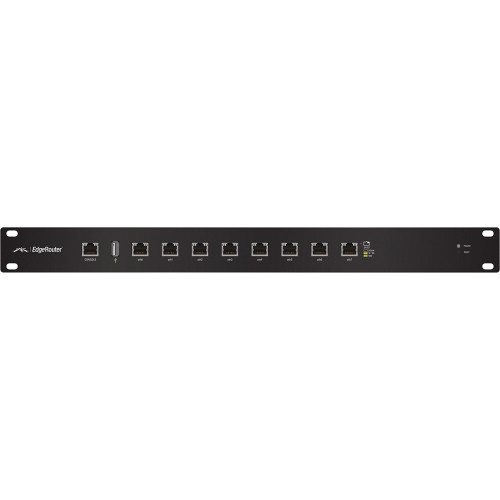An Optical Access Point (OAP) is a critical component in modern fiber optic networks, enabling high-speed, reliable, and secure broadband connectivity. It serves as a termination point for the optical fiber and facilitates the delivery of data, voice, and video services to end-users in residential, commercial, or industrial setups.
-
-
The OAP terminates the optical fiber cable, converting optical signals into electrical signals.
-
Distributes these signals to various connected devices like routers, computers, and telephones.
-
Supports Gigabit Passive Optical Network (GPON) or Ethernet Passive Optical Network (EPON) standards.
-
Provides ultra-fast data transfer speeds, enabling seamless streaming, gaming, and other high-bandwidth activities.
-
Facilitates delivery of triple-play services:
-
Data: Internet browsing, video streaming, file transfers.
-
Voice: VoIP for clear, uninterrupted calls.
-
Video: IPTV or HD video conferencing.
-
Includes Wi-Fi 6 or Wi-Fi 5 for wireless connectivity.
-
Equipped with multiple ports (Ethernet, USB, POTS) for flexible use.
-
May include features like 4G/5G backup for redundancy.
-
Remote monitoring and configuration via Optical Line Terminal (OLT).
-
Features like dynamic bandwidth allocation (DBA), fault detection, and self-healing capabilities.
-
Ensures optimized performance and minimizes downtime.
-
Designed with a small footprint to fit easily in homes or offices.
-
Energy-efficient components reduce power consumption, supporting sustainable operations.
-
-
-
-
-
-
-
| Feature | Specification |
|---|---|
| Uplink Interface | GPON/EPON |
| Downlink Ports | 4 × Gigabit Ethernet, 1 × POTS |
| Wi-Fi | Dual-band (2.4GHz & 5GHz), WPA3 security |
| Backup Connectivity | Optional 4G/5G redundancy |
| Power Supply | 12V DC or PoE support |
| Operating Temperature | 0°C to 45°C |
| Mounting Options | Wall-mounted or desktop |
-
-
Fiber-to-the-Home (FTTH) installations provide users with high-speed internet and smart home connectivity.
-
Small-to-medium enterprises (SMEs) use OAPs for reliable communication and data-intensive operations.
-
Supports IoT devices, industrial automation systems, and remote monitoring in factories and plants.
-
Facilitates e-learning, telemedicine, and collaborative platforms with high-speed, reliable network
-
-
-
-
-
-
Meets the growing demand for faster internet speeds and low latency.
-
Ensures stable and uninterrupted service even during peak hours.
-
Reduces operational costs compared to legacy copper-based networks.
-
Scalable and adaptable for upcoming advancements in telecommunicatio
-
-
-
-
Optical Access Points are vital in enabling modern digital infrastructure. Their ability to handle high-speed fiber connections, coupled with support for multi-service delivery, makes them indispensable in homes, businesses, and industries. As fiber optic networks continue to expand globally, the role of OAPs will grow, shaping the future of communication and connec
![Microtech_Logo_with_Slogan[1]-01 Microtech_Logo_with_Slogan[1]-01](https://microtech.net.pk/wp-content/uploads/2023/10/Microtech_Logo_with_Slogan1-01.png)
